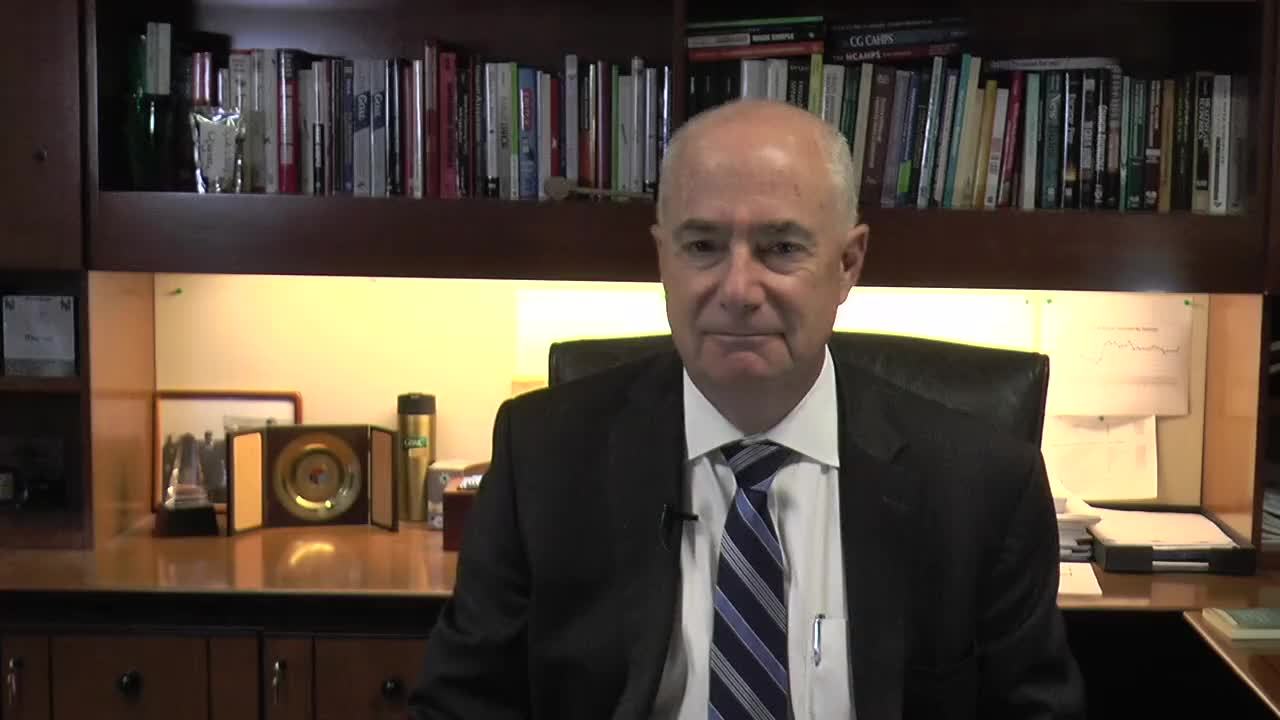The GBMC HealthCare System is committed to having a workforce that mirrors our community. In order to achieve our vision, we need to be welcoming to all. We need to celebrate our racial, cultural, and other differences to help us become more unified as a team. GBMC recognizes the need for it to be more deliberate in its actions to achieve inclusivity. Towards this end last year, we hired a new Director of Diversity and Inclusion,
Jennifer Marana, MS, PhD. Jennifer has been leading our Diversity and Inclusion Council and I asked her to guest author this blog.
Jennifer has over 15 years of experience in diversity. Her primary responsibilities, in her previous places of employment, have included diversity and intercultural communication training, facilitating focus group discussions and data analysis that help to develop diversity initiatives and strategies. I believe that Jennifer’s skills and experience are just what we need to help us become even more inclusive. Jennifer believes our commitment to providing a Just Culture and developing an inclusive community resonates with her personally and professionally.
Please join me in welcoming Jennifer if you haven’t already!
Can you tell me a little more about your background?
I have worked as a diversity and inclusion professional for more than 15 years, directing strategic diversity initiatives at institutions of higher education such as McDaniel College, Claremont McKenna College, and Bard College. One of my most poignant experiences related to diversity and inclusion has been raising a child with special needs. My 13-year-old son has cerebral palsy among other health-related challenges. While I was already steeped in diversity work before he was born, my experience with him brought a new meaning to my work. My empathy for those who are different from myself has deepened and I have become more fervent about teaching and training to assist others with expanding their understanding and connection across difference as well.
What brought you to GBMC?
I was interested in bringing my knowledge, skill, and experience with diversity and inclusion into a new environment. When I learned more about GBMC’s needs related to diversity and inclusion, I knew I could make a difference.
As the director of Diversity and Inclusion, what is your role and primary focus?
The diversity and inclusion mission of the GBMC HealthCare System is to create a more diverse workforce and foster an inclusive workplace. This will allow us to better achieve our vision by providing culturally competent care. This mission guides my work as I develop training, multicultural programming, dialogue facilitation, and provide overall leadership and support for GBMC’s strategic diversity goals.
Diversity is a very broad subject. Do you have a simplified definition of diversity?
Diversity is the combination, inclusion, and acceptance of the identities, experiences, and knowledge that make us who we are.
What is the most common mistake in our thinking about diversity?
I believe that some people think too narrowly about diversity. They see it solely about the numbers – the racial/ethnic demographics. As a diversity practitioner, I am intentional about coupling the word diversity with inclusion so that we address diversity in terms of race/ethnicity, sexual orientation, religion, and other aspects of our identity while creating spaces for mutual respect, learning, and understanding that comes with bridging the divides that may result from these differences.
What does the role Director of Diversity mean at GBMC Healthcare and how do you see your role enhancing the GBMC community?
The role of Director of Diversity & Inclusion is a testament to GBMC’s commitment to its diversity and inclusion mission. In some organizations, diversity and inclusion work is assigned as an additional task for the Learning & Organizational Development Director or other professional. In these cases, diversity and inclusion work is not given the attention it deserves. There is great value in having someone spearhead diversity and inclusion efforts. This requires dedication and work from all employees, it requires a leader to guide the way.
Last month, your department facilitated an “Inclusivity Learning Forum” that you were particularly excited about, can you tell us who showed up to your forum and what the outcome was?
I have actually been excited about every single one of the Inclusivity Learning Forums (ILF) that the Diversity & Inclusion Council has hosted. The Inclusivity and Learning Forums (ILF) are monthly educational seminars on topics that foster, promote and facilitate dialogue about diversity and inclusion. Up to this point, we have addressed topics related to our Muslim, Jewish, LGBTQ (lesbian, gay, bisexual, transgender, queer) communities and even hosted a discussion on how to “Teach a Child about Diversity.” They provide a vehicle for learning about the diverse cultures, religions, and experiences that make up the GBMC employee and patient population.
The August Inclusivity Learning Forum was on the topic of “Judaism and GBMC.” panelists shared what it means to them to be Jewish and practice the Sabbath (if they do so), how their faith influences their work, and what we can do to make GBMC a more inclusive place to work. Their responses illustrated the commonalities they shared in their faith as well as the diversity of their practices. We discussed what resources employees can access on the Sabbath and/or Jewish holidays if serving a Jewish patient who may refuse specific care. Because many of our Jewish friends and colleagues may not be accessible on these days, Dr. Frankel shared a related story and taught attendees the term “Vechai Bohem,” words from the old testament that basically mean "to live by them." Therefore, if someone comes to the hospital on the Sabbath or on a Jewish holiday and they refuse specific care, all we need to tell them is..."Vechai Bohem,” conveying that life is of utmost importance.
What is the WISER movement?
WISER is Working In Sync to Enhance Resiliency at GBMC. Resiliency is the ability of employees to recover and remain engaged even in challenging work environments. It is the
opposite of burnout. The WISER team is made up of a group of GBMC colleagues who care for others while caring for themselves. The team develops resiliency initiatives to support GBMC employees’ ability to engage patients and others as individuals and derive intrinsic value form work (at work) and disconnect and “recharge” (outside of work).
What are some other programs or workshops your department has started and how can GBMC Healthcare employees get more information?
In addition to the monthly Inclusivity Learning Forums and WISER program, you will find the “Diversity & Inclusion Corner” of monthly cultural and religious observances and holidays on the Infoweb. We have expanded the annual Black History Month celebration to include weekly activities throughout the month of February. For more information, email
diversity@gbmc.org
What would you like people to know about the council and future initiatives for employees?
The Diversity & Inclusion Council is committed to creating a framework that reflects our vision of creating an organization that attracts, retains, and leverages the diversity of our staff to meet the needs of our workplace and the populations we serve. Future initiatives include religious and cultural celebrations, holidays, and upcoming GBMC diversity and inclusion events, a talk Line that employees can call if they feel as though an event, interaction, or encounter has left them feeling uneasy, disrespected or excluded from a diversity and inclusion standpoint. Professional development opportunities related to developing inclusive work environments and engaging in bold conversations about diversity and inclusion.

























